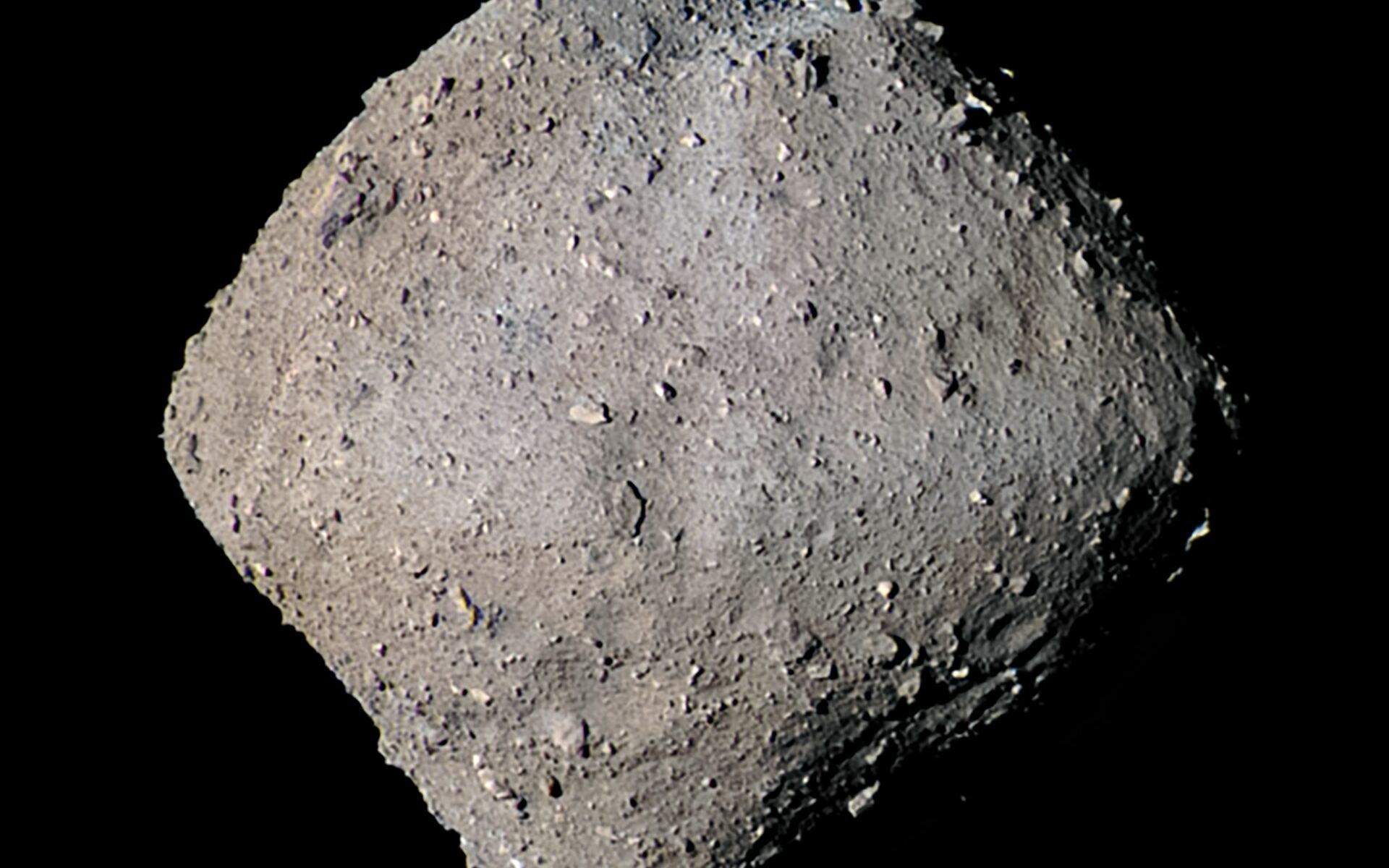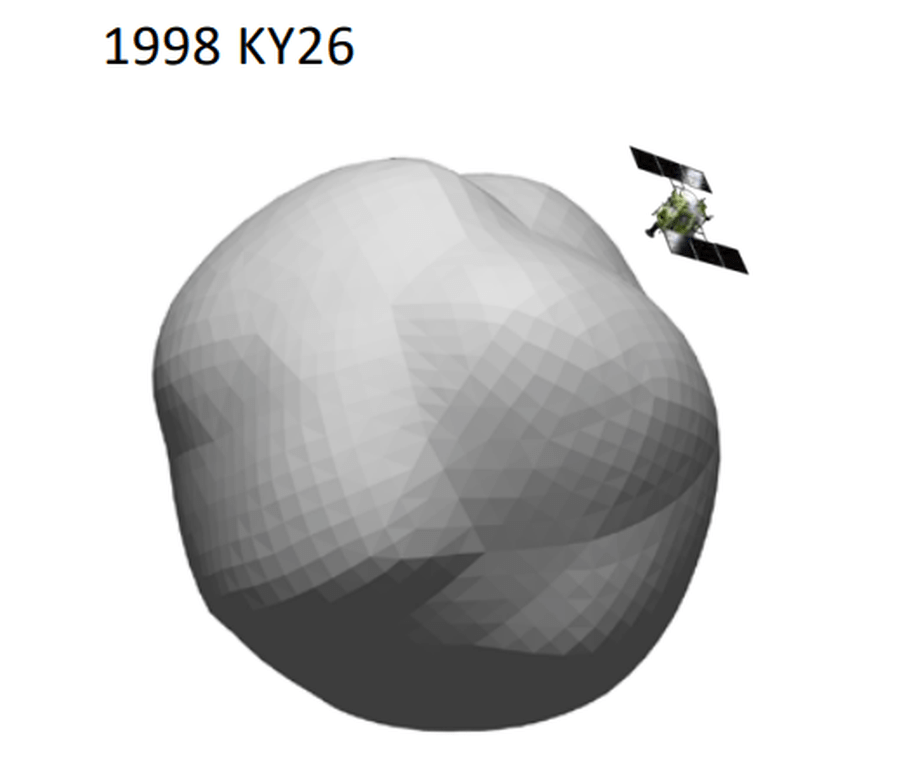In June 2018, Japan’s Hayabusa 2 mission reached asteroid 162173 Ryugu. It studied the asteroid for about 15 months, deploying small rovers and a lander, before gathering a sample and returning it to Earth in December 2020.
The Ryugu sample contains some of the Solar System’s most ancient, primitive, and unaltered material, opening a window into its earliest days about 4.6 billion years ago.
Continue reading “Tiny Fragments of a 4-Billion Year Old Asteroid Reveal Its History”

